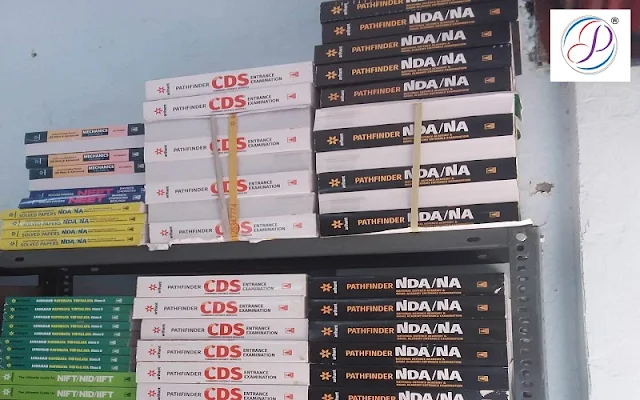Whether you are a book publisher or an author who self-publishes, you need to get your books into the hands of buyers. Depending on the book’s production cost and format, some distribution channels may not be feasible. Thanks to technological advancements and traditional brick-and-mortar bookstores, the distribution strategies for publishers are changing. Talking with readers and other individuals in your target audience about how they find out about new books and where they buy them are key to developing a distribution strategy.
Wholesale distribution refers to the use of established book wholesalers, to provide fulfillment of book orders from bookstores and libraries. It is important to understand that wholesalers are primarily passive suppliers who are dependent on publishers and authors to drive sales.
Distribution Channels
There are two primary channels through which books are distributed: wholesalers and distributors.
- Wholesalers process and ship book orders to booksellers and lenders, regardless of whether they are physical bookstores and libraries or online. Self-publishers often list their books with these organizations. However, authors are responsible for creating demand.
- Distributors promote and sell books to libraries and retailers. They generally buy books at significant discounts, store them, then ship as needed to their network. Depending on the book niche, there are some distributors that may be more appropriate than others.
Books could be printed or made digital. Ebooks are in demand and readily available for sale electronically through a wide range of retailers. Contact Pen2Print to learn more about how Edupedia Publications Pvt Ltd can help you complete your manuscript for publication.
Send mail to editor@edupediapublications.com











